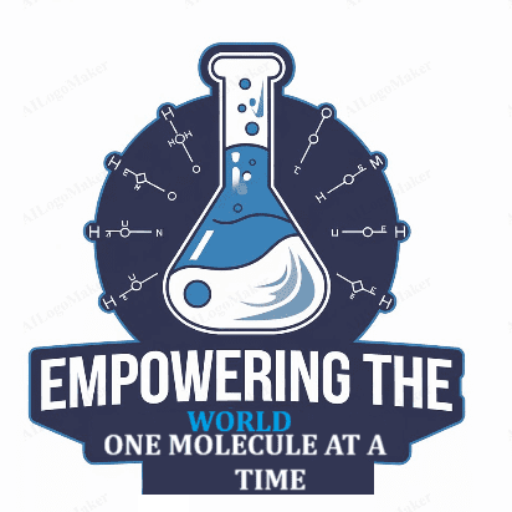Description
Bonding Agents: The Unsung Heroes of Construction and Beyond
In the world of construction, manufacturing, and even cosmetic dentistry, there’s an unseen force working tirelessly to hold things together: bonding agents. These critical materials, often overlooked, play a vital role in creating strong, durable, and long-lasting structures and products. From ensuring the seamless adhesion of concrete layers to securing dental fillings, bonding agents are the unsung heroes that make modern construction and manufacturing possible.
What are Bonding Agents?
Simply put, bonding agents are materials used to improve the adhesion between two surfaces. They act as a bridge, filling microscopic gaps and creating a chemical and/or physical bond that resists separation. They come in a variety of forms, each tailored to specific applications and materials. These forms include:
- Liquids: Often applied via brush, roller, or spray, liquid bonding agents penetrate the surfaces to be joined, creating a strong adhesive interface.
- Pastes: Offering higher viscosity than liquids, pastes are ideal for vertical applications or when filling larger gaps.
- Dry powders: Typically cementitious, these are mixed with water to form a slurry that is applied before a new layer of material is placed.
Why are Bonding Agents Important?
The benefits of using bonding agents are numerous and far-reaching:
- Enhanced Adhesion: Their primary function is to improve the bond strength between different materials or layers of the same material. This is particularly crucial in situations where traditional adhesion might be weak or unreliable.
- Improved Durability: By creating a stronger and more homogenous bond, bonding agents contribute to the overall durability and lifespan of structures and products. They can help prevent delamination, cracking, and other forms of degradation.
- Increased Load-Bearing Capacity: In construction applications, bonding agents significantly increase the load-bearing capacity of structures by ensuring that stresses are distributed evenly across the bonded surfaces.
- Water Resistance: Many bonding agents provide a protective barrier against moisture penetration, preventing water damage and corrosion.
- Reduced Shrinkage: Certain bonding agents can help minimize shrinkage cracking, a common problem in concrete construction.
- Versatility: The wide range of bonding agents available allows for their use with diverse materials, including concrete, metal, wood, plaster, and ceramics.
Applications Across Industries:
The versatility of bonding agents has led to their widespread adoption across various industries:
- Construction: Bonding agents are essential for concrete repair, overlays, and bonding new concrete to old. They are also used in tile setting, waterproofing, and as a component in various adhesives.
- Manufacturing: Used in the automotive, aerospace, and electronics industries to bond dissimilar materials, create composite structures, and ensure the integrity of manufactured products.
- Dentistry: Bonding agents are used in restorative dentistry to secure fillings, veneers, and crowns, providing a strong and reliable bond between the restorative material and the tooth structure.
- Woodworking: Used to enhance the strength and durability of wood joints, creating stronger and more aesthetically pleasing furniture and structures.
- Arts and Crafts: Bonding agents find applications in various craft projects, from adhering embellishments to creating mixed-media art pieces.
Choosing the Right Bonding Agent:
Selecting the appropriate bonding agent is crucial for achieving optimal results. Several factors to consider include:
- Material Compatibility: Ensure the bonding agent is compatible with the materials being bonded.
- Application Requirements: Consider the application method, curing time, and environmental conditions.
- Desired Performance: Determine the required bond strength, durability, and resistance to specific elements (e.g., moisture, chemicals).
- Industry Standards and Regulations: Adhere to relevant industry standards and regulations to ensure safety and quality.
The Future of Bonding Agents:
Ongoing research and development efforts are focused on creating more advanced bonding agents with enhanced properties, such as:
- Increased Bond Strength and Durability: Developing materials that offer even stronger and longer-lasting bonds.
- Environmentally Friendly Formulations: Reducing the environmental impact of bonding agents through the use of bio-based and sustainable materials.
- Self-Healing Capabilities: Creating bonding agents that can automatically repair minor damage, extending the lifespan of bonded structures.
- Smart Bonding Agents: Developing materials that can monitor the integrity of a bond and provide early warnings of potential failures.
Conclusion:
Bonding agents are indispensable materials that play a critical role in ensuring the integrity, durability, and longevity of countless structures and products. Their ability to enhance adhesion between diverse materials makes them essential in various industries, from construction and manufacturing to dentistry and woodworking. As technology advances, we can expect to see even more sophisticated and versatile bonding agents emerge, further solidifying their position as the unsung heroes of modern construction and beyond. They quietly, but powerfully, hold our world together.














Reviews
There are no reviews yet.